Bird Photographer of the Year 2021 winners
 |
Winners of the 2021 Bird Photographer of the Year awards were announced today. Over 22,000 images were submitted from around the globe. Mexican photographer Alejandro Prieto took home the £5,000 grand prize for his image of a roadrunner standing next to the 3,000km-long US–Mexico border.
‘The border wall crosses deserts, mountains, and even mangroves. It is not just desert, and is in fact very biodiverse with more than 1,500 animal and plants species threatened by the wall,’ says Prieto. ‘I have watched many different animals reach the wall before turning around and heading back.’
The Bird Photographer of the Year awards also gives back. The organization donated £8,000 to Birds on the Brink. They fund grass-roots bird conservation projects around the world. All 2021 winners can be viewed on the competition’s main website.
Gold Award Winner and Bird Photographer of the Year: ‘Blocked’ by Alejandro Prieto (Mexico)
 |
About this Image: The 3,000km-long US–Mexico border traverses and straddles some of the continent’s most biologically diverse regions. It is home to uniquely adapted mammals, reptiles, birds and plants, some of which are found nowhere else on the planet. Numerous species will be affected if the US government decides to build a wall along the border with Mexico. Border infrastructure not only physically blocks the movement of wildlife but it also destroys and fragments habitats.
Many desert animals are, to a degree, nomadic wanderers and a wall would sever habitat connectivity and prevent them moving freely from one place to another. In this photograph, a Greater Roadrunner approaches the border wall at Naco, Arizona, with what almost looks like a sense of bewilderment.
Gear and Specs: Nikon D850 with Nikkor 70–200mm f/2.8 lens. Focal length 112mm, 1/320 second, f/14, ISO 200.
Gold Award Winner, Best Portrait: ‘Underwater Portrait’ by Felipe Foncueva (Spain)
 |
About this Image: This underwater image of a Brown Pelican was taken off the Pacific coast of Costa Rica, near the mouth of the T.rcoles River, where there are small fishing villages. Groups of pelicans await the return of fishermen and take advantage of the scraps they throw into the sea.
Looking at this image, I am struck by the similarity between the way the pouch beneath the pelican’s bill functions and the throat of a feeding baleen whale. At first glance you could be forgiven for thinking you are looking at a marine mammal rather than a bird!
Gear and Specs: Canon EOS 5D Mark IV with Canon 8–15mm f/4 Focal length 15mm; 1/10th, f/9, ISO 200.
Silver Award Winner, Best Portrait: ‘Sing Heartily’ by Maofeng Shen (China)
 |
About this Image: June marks the start of the breeding season for Demoiselle Cranes on the vast grasslands of Keshiketeng in Inner Mongolia. It is a blessing to witness the arrival of these beautiful birds, and a privilege to have documented their nesting behaviour. In order to capture wonderful, intimate moments of breeding behaviour without causing disturbance, I did a lot of homework.
I drove more than 800km to the vast prairie of Keshiketeng two days before I planned to photograph and did my groundwork. I got up at 3am on 29 June 2018 and rushed to the location of the breeding cranes. In order not to disturb their peaceful life, I had previously set up my equipment in the long grass and lay down, disguised on the ground.
In the morning light, the figures of the Demoiselle Crane family of four gradually appeared out of the gloom. Just as they were leisurely foraging for food, suddenly the distant sound of shepherds herding sheep could be heard. It seemed as if the sound was enough to inspire the pair of adults to call, as they stood back to back. This evocative sound cut through the silent sky for a brief moment, then everything quietened down again. I enjoyed the company of the crane family for the next four hours.
Gear and Specs: Canon EOS-1D X Mark II with Canon 600mm f/4 lens, 1/640 second, f/6.3, ISO 400.
Bronze Award Winner, Best Portrait: ‘Night Hunter’ by Jonas Classon (Sweden)
 |
About this Image: Poised for attack and staring intently, this Great Grey Owl has fixed its penetrating gaze on a vole in a Swedish forest. On the night of a full moon, I photographed the owl as it raised its deadly taloned foot, with my car headlights adding a little more illumination to the scene. When I looked at the photo afterwards it gave me goosebumps.
Gear and Specs: Canon EOS-1D X Mark II with Canon 200–400mm f/4 lens. Focal length 300mm, 1/160 second, f/4, ISO 3200.
Silver Award Winner, Birds in the Environment: ‘Claiming the Forest Floor’ by Joshua Galicki (United States)
 |
About this Image: This image shows a male Ovenbird singing on top of a fallen log. The bird is staking its claim to a breeding territory shortly after arriving from a lengthy migration to the northeast United States from wintering grounds in Central America. Ovenbirds are quite small – 15cm or so in length – and unlike most other New World warblers, prefer to forage on the forest floor among the leaf litter. I have observed and studied North American songbirds for years and care deeply for all of my subjects.
This shot was taken with a non- intrusive remote set-up to capture the expanse of the Ovenbird’s environment. The camera and lens were camouflaged next to the bird’s favourite singing log and the shutter was remotely triggered. No bait or tape lure were used for this shot, nor was any stress placed on the bird. As a result, this is an image of an Ovenbird behaving naturally.
Gear and Specs: Canon EOS-1D X Mark III with Canon 24–70mm f/4 lens. Focal length 24mm, 1/500 second, f/8, ISO 6,400.
Bronze Award Winner, Birds in the Environment: ‘Yellow-billed Oxpecker with Cape Buffalo’ by Barbara Fleming (United States)
 |
About this Image: Yellow-billed Oxpeckers chatter constantly as they fly in and out of a Cape Buffalo herd, landing wherever they can to rest and feed. They spend almost their entire lives around large mammals, to the point where even courtship and mating take place in their company. Oxpeckers feed on ticks and other insects, although they also have a predilection for the mammal blood.
In this image both oxpecker and buffalo were in motion, moving in different directions and at different distances from the lens. This added to the challenge of capturing this symbiotic pair, but enhanced the satisfaction at achieving my goal. The image was darkened in post-processing.
Gear and Specs: Nikon D4S with Nikkor 500mm f/4 lens and 1.4x teleconverter. Focal length 700mm, 1/1,600 second, f/8, ISO 1,600.
Gold Award Winner, Attention to Detail: ‘Disappearing’ by Rafael Armada (Spain)
 |
About this Image: Reflections are one of the details I like most in nature because light undergoes incredible transformations when it interacts with water. In a way, it is nature playing with us, with our forms and with the forms that we see. In this photograph, the same water that creates the reflection strikes with force to destroy it, in a sense to overthrow the King. The King is still standing; he knows his reign is not over… not yet. But it will end the day that water no longer creates reflections in the sand.
Gear and Specs: Canon EOS-1D X Mark II with Canon EF 100–400mm f/4.5–5.6 II lens. Focal length 100mm, 1/30 second, f/14, ISO 100.
Silver Award Winner, Attention to Detail: ‘Growing Up’ by Raymond Hennessy (United States)
 |
About this Image: Great Northern Divers (known as Common Loons in North America) and their chicks take to the water soon after the chicks hatch. The size difference between adult and youngster is evident in this image and shows just how much growing is left for this tiny chick: it is dwarfed by the large bill of the adult next to it. I took this photo as the pair floated incredibly close to my kayak in the soft afternoon light.
Gear and Specs: Nikon D4S with Nikkor 500mm f/4 lens. Focal length 500mm, 1/640 second, f/4, ISO 400.
Gold Award Winner, Bird Behavior: ‘Floral Bathtub’ by Mousam Ray (India)
 |
About this Image: This image was taken at North Bengal Agricultural University in Cooch Behar, West Bengal. To set the scene, here in India autumn days (when the photo was taken) are typically hot and humid – sporadic rains interspersed with sweltering heat – while the nights are cold. I was keen to capture images of Crimson Sunbirds drinking nectar from banana flowers. Typically, these flowers point towards the ground, but in some ornamental species they point skywards and some of their outer petals open up like cups, holding water from rain or dew.
Late one evening, a female Crimson Sunbird suddenly arrived and started sipping nectar. Her thirst quenched, she then started bathing in the water stored in this banana flower petal. It’s quite common to find birds refreshing themselves in the evening, visiting puddles and pools, dipping their heads and wetting their wings and body. However, it was a unique experience to see this sunbird immersing herself upside down in water contained in an ornamental flower petal, like a lady in a bathtub. Her relaxed and indulgent manner, lit by the glow of sunset, was truly a sight to behold.
Gear and Specs: Nikon D500 with Nikkor 300mm f/4 and 1.4x teleconverter. Focal length 420mm, 1/4,000 second, f/7.1, ISO 1,600.
Silver Award Winner, Bird Behavior: ‘The Face of Death’ by Massimiliano Apollo (Italy)
 |
About this Image: After many years of frequenting these rice fields in northern Italy, I finally managed to capture what is for me the perfect shot! In late summer, prior to migrating south, the region’s Purple Herons try to feed as much as possible and take advantage of the abundance of prey present in the rice fields.
I had long dreamt of a shot like this, one that would allow me to see the expressions of the two subjects – predator and prey. I can also say with some satisfaction that this shot is completely wild and no form of baiting was employed – just a lot of patience, perseverance and, why not, a little luck!
Gear and Specs: Sony A9 II with Canon 600mm f/4 lens and 1.4x teleconverter. Focal length 840mm, 1/2,000 second, f/6.3, ISO 3200.
Bronze Award Winner, Bird Behavior: ‘Entangled’ by Julie Halliday (Falkland Islands)
 |
About this Image: In the past, the Imperial Shag went by the name of King Cormorant. This subantarctic and Antarctic species breeds in dense colonies, and on the Falkland Islands it favours gentle cliff-top slopes, often mixing with Southern Rockhopper Penguins and Black-browed Albatrosses.
Imperial Shags use various displays to reinforce pair-bonds, ranging from head-wagging, gargling and kinking their necks, to making throat-clicking noises and nibbling or biting the tips of the bill. This pair allowed a close approach, and as one came in to land, they went through a ritual courtship greeting.
Gear and Specs: Canon EOS 5D Mark III with Canon 70–200mm f/2.8 II lens and 2x teleconverter. Focal length 400mm; 1/1,600 second; f/5.6; ISO 250.
Gold Award Winner, Birds in Flight: ‘Thirsty’ by Tzahi Finkelstein (Israel)
 |
About this Image: Common Swifts live their lives on the wing and are a challenge to capture in flight. With a diet of flying insects, they need to drink from time to time, and even that behavior is performed on the wing. I had had this image – of a swift skimming over water – in my mind for a long time.
I finally found a suitable place to attempt it, and to get the photo I had to sit in water wearing a wetsuit, shrouded by a portable hide, every day for three weeks. Eventually, I got this photo on the final day – the day after the birds had all gone.
Gear and Specs: Nikon D500 with Nikkor 300mm f/4 PF lens. Focal length 300mm, 1/4,000 second, f/7.1, ISO 1,800.
Silver Award Winner, Birds in Flight: ‘The Art of Motion’ by Nicolas Reusens (Spain)
 |
About this Image: This image is one of my favorite shots from my last trip to Ecuador. Using a complicated set-up, I was able to trigger two sets of flashes during a single exposure, using a shutter speed of 1/25 second. I then tried to introduce a sense of movement into the image by adding continuous lighting to the scene. After three days of photographic attempts to get a single picture with an intense atmosphere, this is what I achieved. I hope it was worth it!
Gear and Specs: Canon R6 with Laowa 100mm f/2.8 Macro lens. Focal length 100mm, 1/25 second, f/13, ISO 200.
Bronze Award Winner, Birds in Flight: ‘First Come, First Served’ by Hannes Lochner (South Africa)
 |
About this Image: This image captures the moment when two Southern Yellow-billed Hornbills chase after the same insect in a mid-air competition. In hornbill society, there appears to be no such thing as a fair fight, and the slower of the two birds played dirty by grabbing the tail feathers of the other. In spite of this cheating, the attempt failed, so maybe there is some justice after all in the world of hornbills!
Gear and Specs: Nikon D850 with Nikkor 70–200mm f/2.8 lens. Focal length 120mm, 1/5,000 second, f/4, ISO 200.
Articles: Digital Photography Review (dpreview.com)


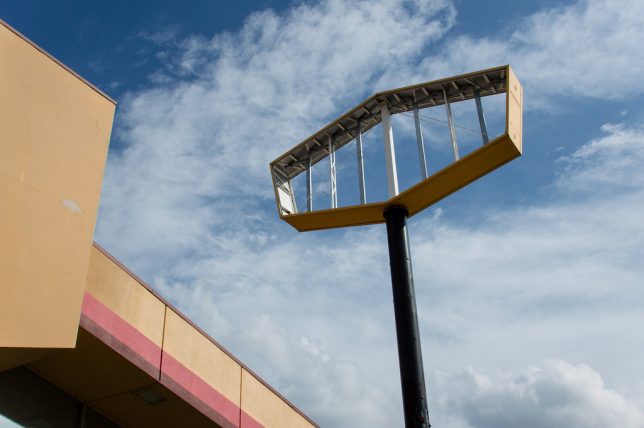

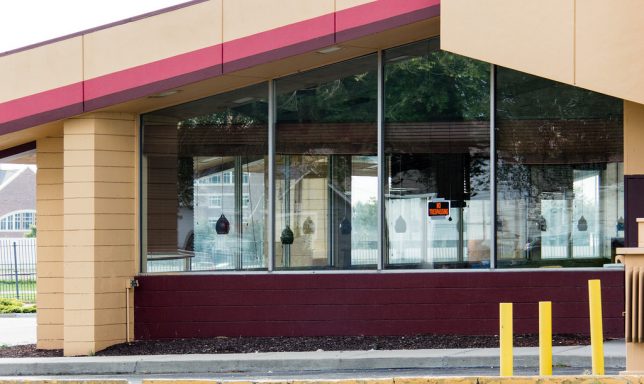

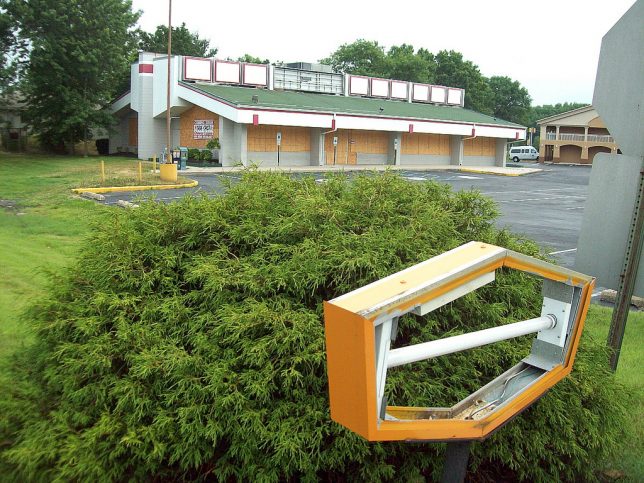









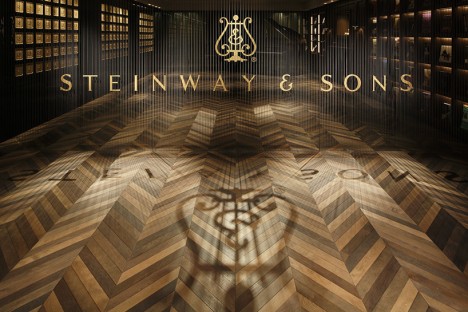
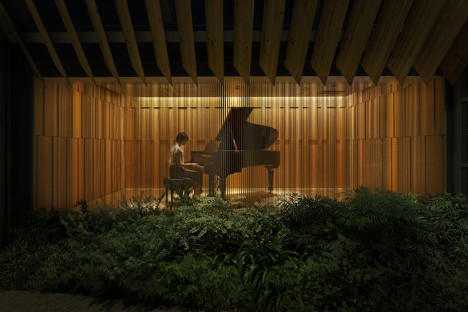
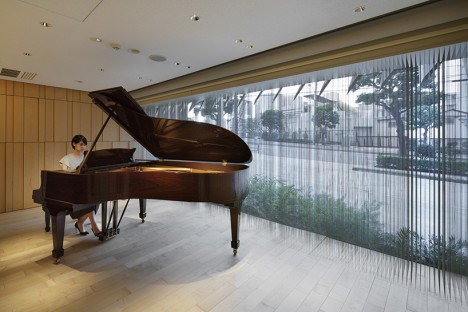
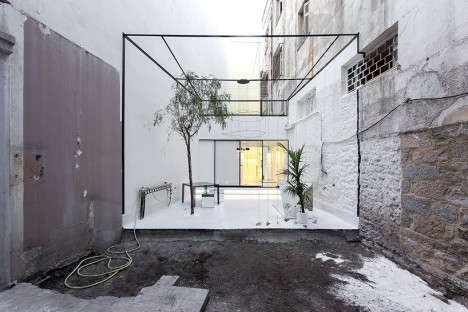
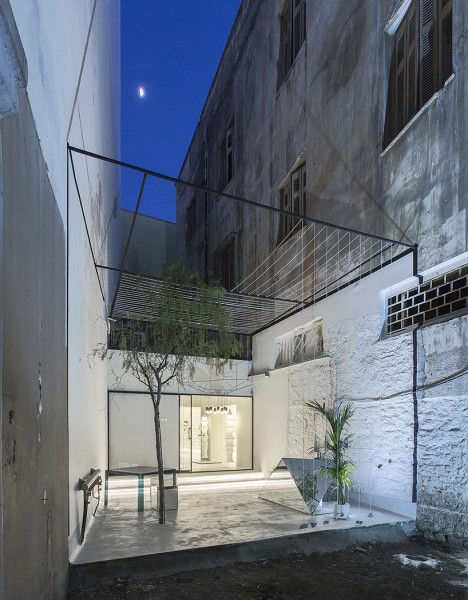
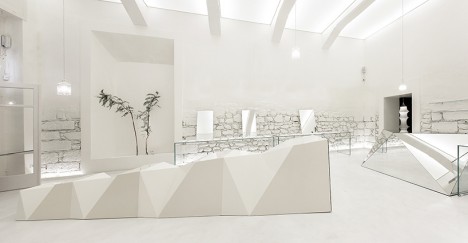


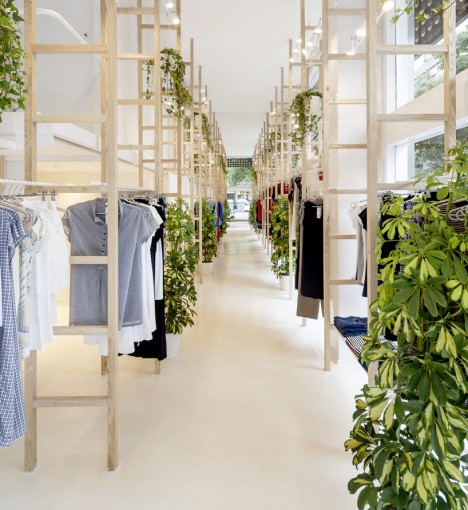



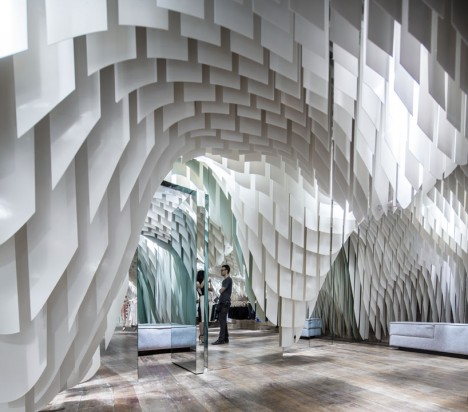
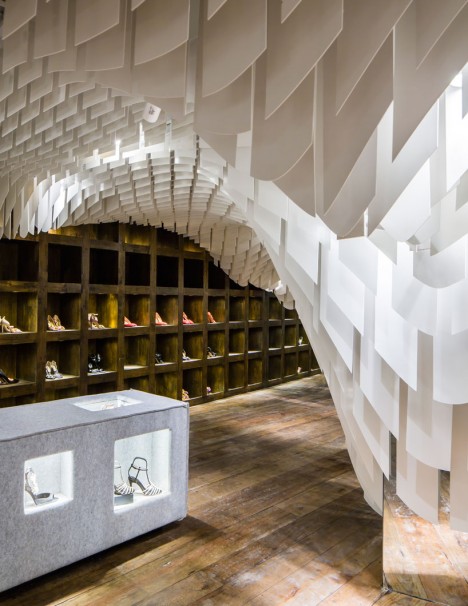
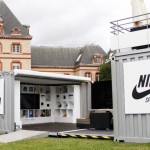
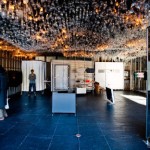
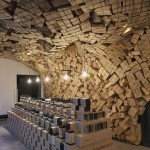







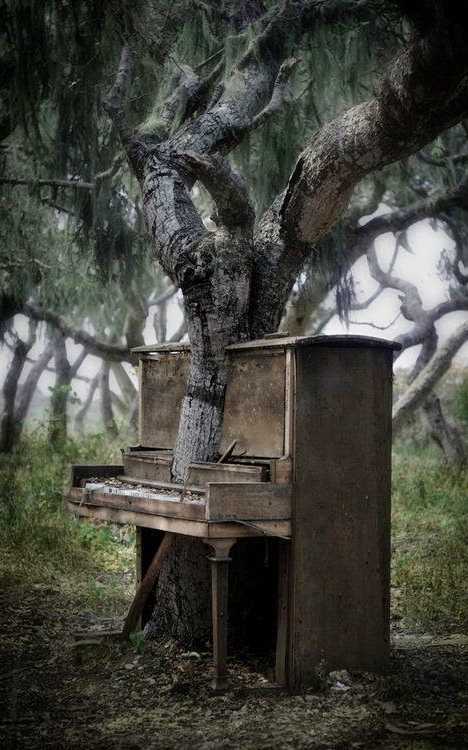
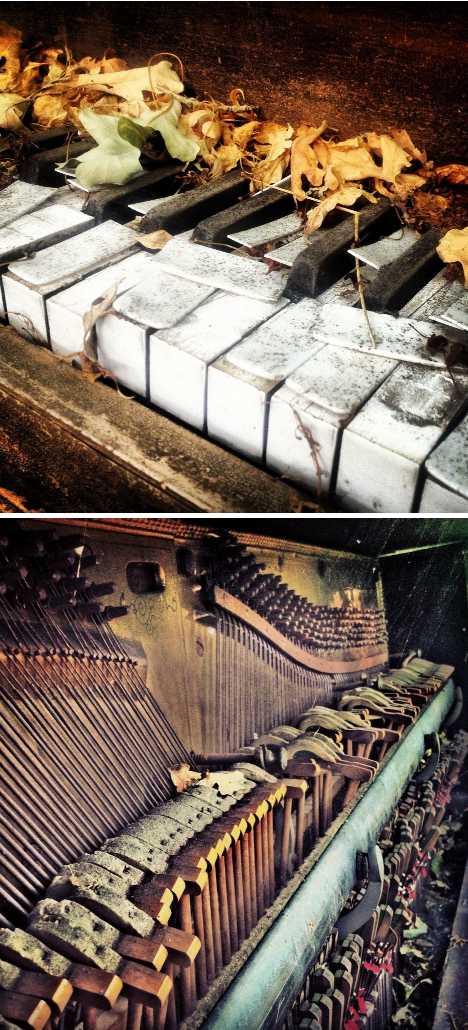
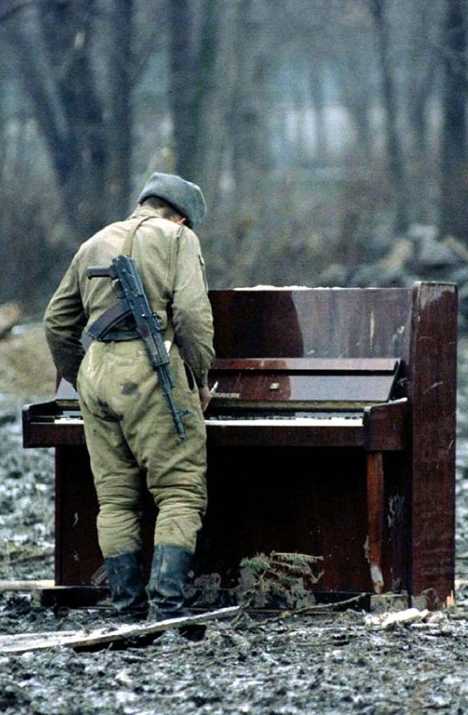


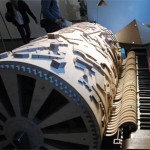
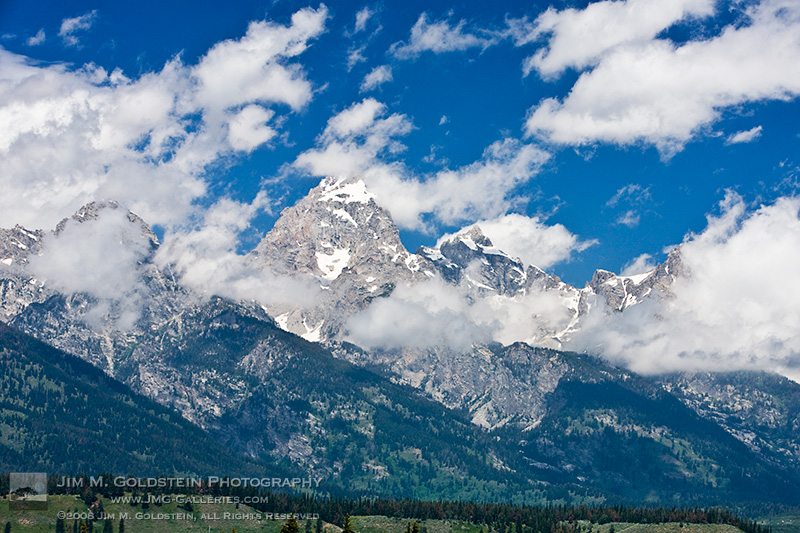
You must be logged in to post a comment.